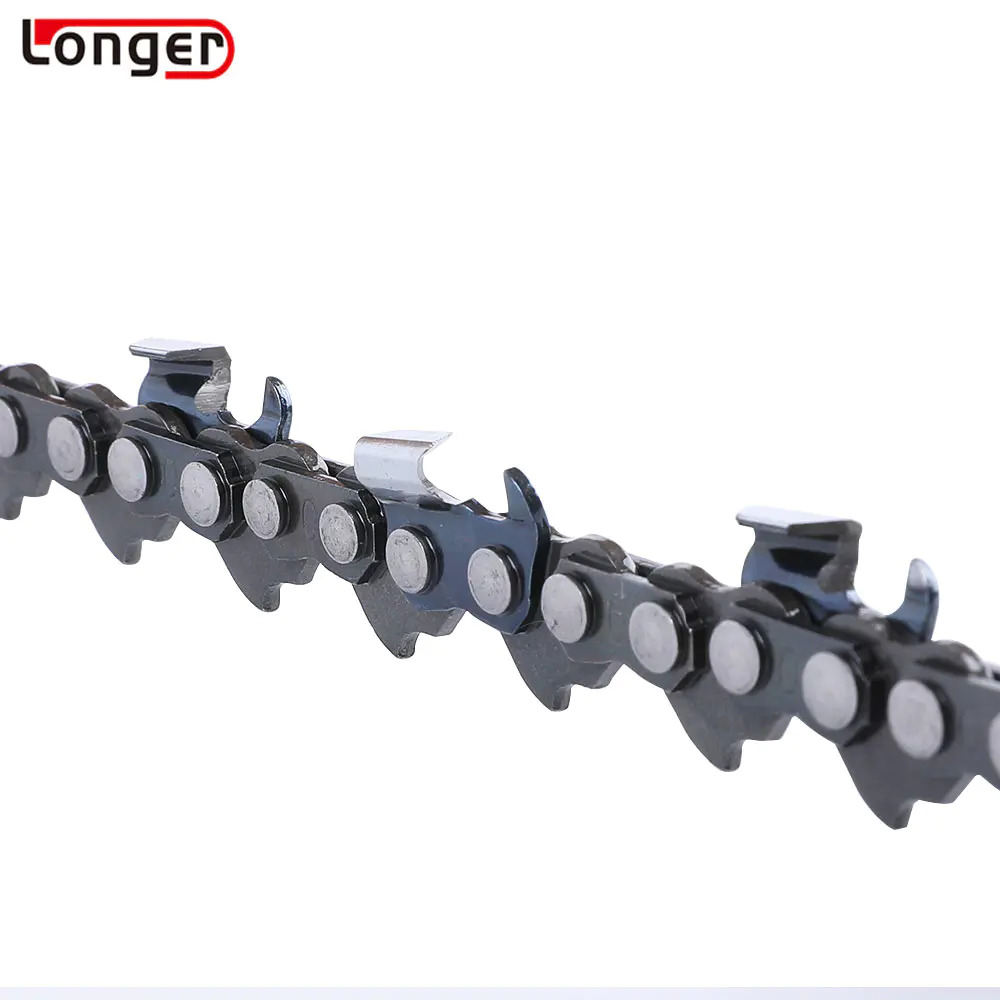1. Check the tension of the
saw chain frequently, turn off the engine and wear protective gloves when checking and adjusting. The proper tension is when the chain is hung on the lower part of the guide plate, the chain can be pulled by hand.
2. There must always be a little oil spilled from the chain. The oil level of the saw chain lubrication and lubricating oil tank must be checked every time before work. The chain must not work without lubrication. If a dry chain is used, the cutting device will be damaged.
3. Never use old engine oil. Old engine oil cannot meet the lubrication requirements and is not suitable for chain lubrication.
4. If the oil level in the oil tank does not decrease, the lubrication delivery may be malfunctioning. The chain lubrication should be checked, and the oil circuit should be checked. Passing through a contaminated filter can also lead to poor lubricating oil supply. The lubricating oil filter in the pipeline connecting the oil tank and the pump should be cleaned or replaced.
5. After replacing and installing a new chain, the saw chain needs 2 to 3 minutes of running-in time. Check the chain tension after running-in and readjust if necessary. New chains require more frequent tensioning than chains that have been used for a while. In the cold state, the saw chain must be attached to the lower part of the guide plate, but the saw chain can be moved on the upper guide plate by hand. If necessary, re-tension the chain. When the operating temperature is reached, the saw chain swells and sags slightly, and the transmission link at the lower part of the guide plate cannot escape from the chain groove, otherwise the chain will jump and the chain needs to be re-tensioned.
6. The chain must be loosened after work. The chain will shrink as it cools, and a chain that is not loose will damage the crankshaft and bearings. If the chain is tensioned in the working state, the chain will shrink when it cools, and the chain will be too tight to damage the crankshaft and bearings.



